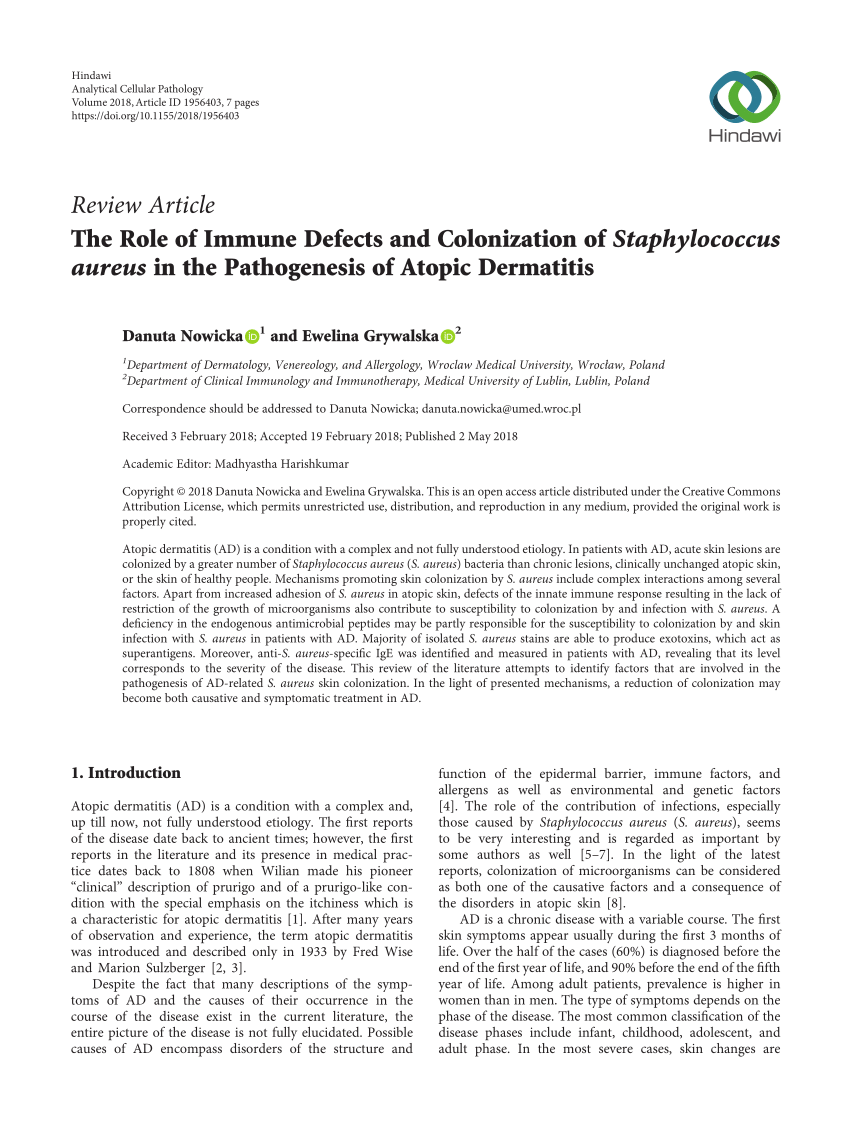How to repel Staphylococcus aureus that even monkeys can understand !!
There are many medical journals that dermatologists subscribe to.
I would like to introduce some of the papers and articles related to Staphylococcus aureus.
The number of clinical trials on Staphylococcus aureus and AD(atopic dermatitis) is increasing year by year, and dermatologists not only in Japan but also around the world claim that Staphylococcus aureus is the cause of AD.

Part of the treatise and article will be posted




If you look at the skin with atopic dermatitis under a microscope, there is a 95% chance that there are bacteria that are growing on the skin.
The bacteria is ...



Staphylococcus aureus

There are some difficult medical terms such as keratinosite and interleukin, but I will explain them briefly.
The skin with atopic dermatitis has a large amount of Staphylococcus aureus.
The mechanism of reproduction has not yet been elucidated, but the effect of Staphylococcus aureus on AD is being elucidated.
In fact, the toxins released by Staphylococcus aureus cause itching.
In other words, itching peculiar to AD is caused by Staphylococcus aureus.
In current Western medicine, the treatment for Staphylococcus aureus is to take antibacterial agents for a long period of time.
Although AD improves while you are taking antibacterial agents.
Long-term administration of antibacterial agents is not practical because there is a concern that intestinal bacteria (good bacteria) will die.
Bacterial transplants have also been performed in latest research.
Dermatologists around the world are facing the problem of finding the cause of AD but not being able to establish a cure.
Reference: Possibility of treatment for AD(atopic dermatitis) "bacterial transplantation"
Our treatment specializes in the treatment of Staphylococcus aureus.
We do not rely on Western medicine, so we do not recommend steroids.
Use microbes and herbs that kill Staphylococcus aureus to eliminate the cause of itching.
In addition, hyperthermia is used to activate heat shock proteins.
While treating the cause, the cells are also activated to create skin that does not allow Staphylococcus aureus to propagate.
The average treatment period is 3 to 4 months.
The duration of treatment is subject to change based on how much steroids you have used in the past. I think that people who haven't had good results until now were undergoing factor treatment instead of radical treatment.
Food, house dust and stress are factors, not causes of atopy.
Treatment of the cause of AD is Staphylococcus aureus repellent. With out treatment, your condition will improve by 50% in the first month, 80% in the second month, and 100% in the third to following month.
Learn more about Staphylococcus aureus.
I think your way of thinking about atopy will change.











